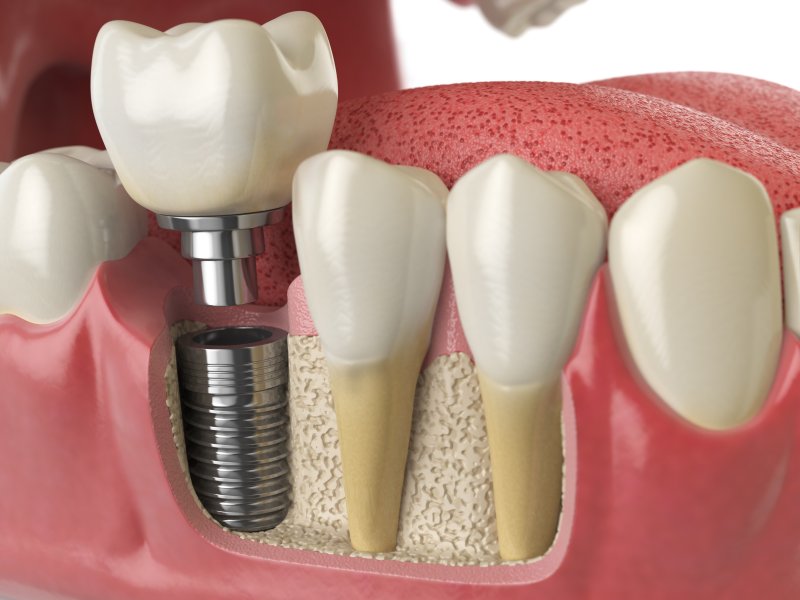
It may seem like a modern concept, but dental implants have been around for longer than you’d guess. And unlike what’s used at your dentist’s office, they weren’t always made of zirconia or titanium. In fact, you will be surprised to learn some of the materials that early teeth were made from. Is your interest peaked? Keep reading to learn the origins of tooth replacement, and how we have the technology that we utilize today.
The Beginning of Dental Implants
Early civilizations as far back as 600 A.D used a variety of materials to craft dental implants. In Ancient Egypt, Egyptians used ivory and a variety of processed metals, like jade, to create tooth replacements that could be inserted into the jaw.
Similarly, bamboo pegs were used in China while the Mayans used pieces of shells to replace mandibular teeth.
Jumping ahead to the 1500-1800s, early doctors and scientists realized that these materials were largely ineffective. Why? They did not integrate with the jawbone, as the human body often rejects foreign substances.
Major Developments
In the early 1900s, Alvin and Moses Strock experimented with Vitallium for dental implants. Later on, Dr. Per-Ingvar Branemark utilized titanium and placed it in a rabbit’s femur to test the metal’s regenerative properties. The attempt was successful, and titanium quickly became the substance of choice for tooth replacement.
Dr. Branemark continued to make advancements, discovering the use of zygomatic implants in the 1990s. This was a major development for people with significant bone loss and required the tooth be placed in the zygomatic bone, not the more commonly utilized maxilla bone.
Today’s Implants
Implants as we know them today have come a very long way. Gone are the days of using shells and bamboo—advanced technology like digital x-rays and the CT Cone Beam Scanner ensure high success rates and accurate placement.
Dental implants remain one of the most popular treatments for tooth loss. While they are more expensive upfront, implants are a more natural-looking option than dentures or dental bridges. The good news is that as technology advances, the procedure will become more affordable.
While we’ve seen great changes in dental implants throughout history, humans’ need for a functional, full smile has remained the same. We’re fortunate to live in a time where access to a healthy mouth isn’t out of reach.
About the Author
Dr. Chaffee lives by the philosophy that everyone deserves access to great dental care. After graduating from the Loma Linda University School of Dentistry in 1975, his post-graduate studies led him to a two-year Progressive Orthodontics Program. He went on to teach dentistry for over 10 years in 15 countries. Dr. Chaffee is a member of the American Dental Association, the California Dental Association, and the American Academy of Cosmetic Dentistry. If you have any questions about dental implants, visit his website or give him a call at (805)480-0033.
